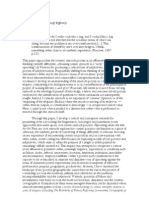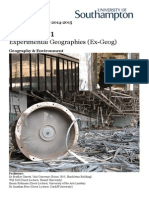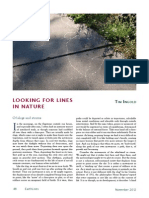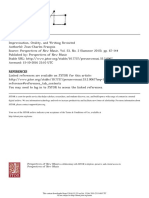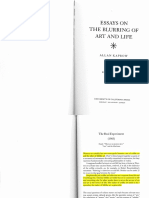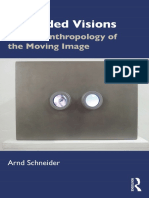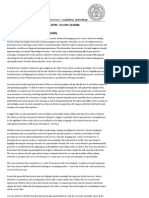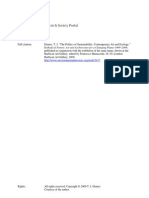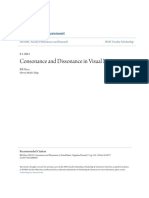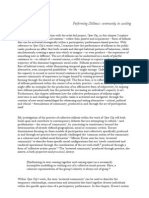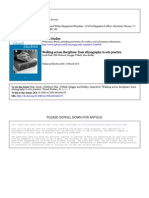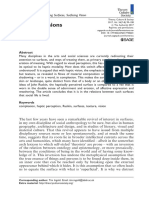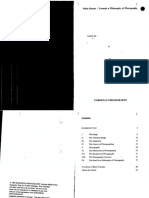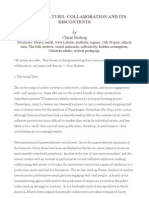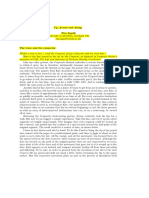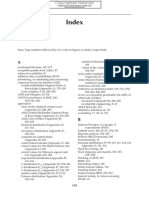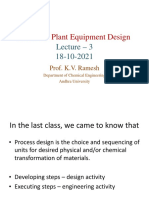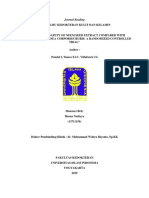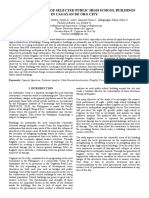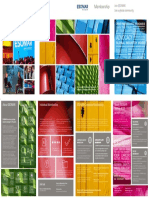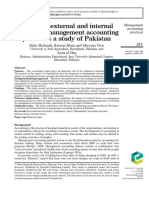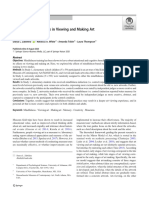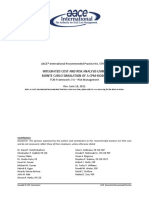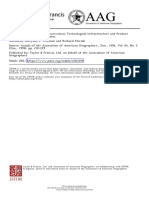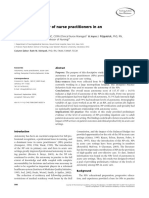0% found this document useful (0 votes)
2K views12 pagesOpen Intro Fieldwork Future Ecologies - Annotated
The book 'Fieldwork for Future Ecologies' explores art-based practices of fieldwork, focusing on how artists and researchers engage with dynamic environments and the complexities of their contexts. It emphasizes the importance of questioning traditional methodologies and encourages a radical approach to practice that acknowledges Indigenous histories and the interconnectedness of human and more-than-human ecologies. Through various contributions, the text examines the ethical dimensions of fieldwork and the potential for transformative experiences within contested sites and changing landscapes.
Uploaded by
Fran GallardoCopyright
© © All Rights Reserved
We take content rights seriously. If you suspect this is your content, claim it here.
Available Formats
Download as PDF, TXT or read online on Scribd
0% found this document useful (0 votes)
2K views12 pagesOpen Intro Fieldwork Future Ecologies - Annotated
The book 'Fieldwork for Future Ecologies' explores art-based practices of fieldwork, focusing on how artists and researchers engage with dynamic environments and the complexities of their contexts. It emphasizes the importance of questioning traditional methodologies and encourages a radical approach to practice that acknowledges Indigenous histories and the interconnectedness of human and more-than-human ecologies. Through various contributions, the text examines the ethical dimensions of fieldwork and the potential for transformative experiences within contested sites and changing landscapes.
Uploaded by
Fran GallardoCopyright
© © All Rights Reserved
We take content rights seriously. If you suspect this is your content, claim it here.
Available Formats
Download as PDF, TXT or read online on Scribd
/ 12
